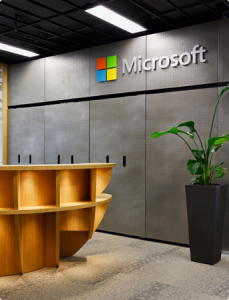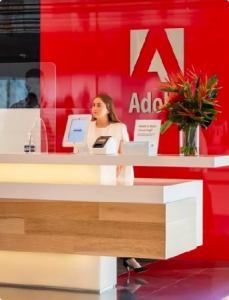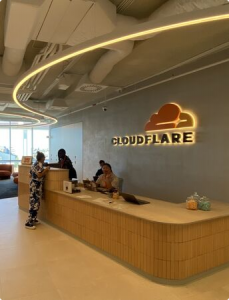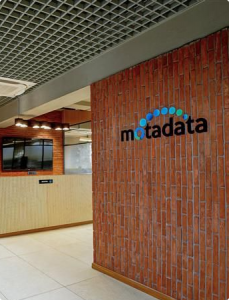Blockchain Mining – All You Need to Know
Blockchain Mining is an operation, used by Bitcoin and many other cryptocurrencies to spawn new coins and authenticate fresh transactions. “Mining” is actually an analogy drawn between the massive computational work done by the nodes of the network and extraction of useful or valuable materials from the earth.
It calls for extensive and almost limitless decentralized webs of computers from across the world, that check, validate, confirm and secure blockchains or virtual ledgers for documenting cryptocurrency transactions. In exchange for offering their processing power the computers or nodes of a network are compensated with new coins. Usually, 6.25 bitcoin is a reward.
The programmers involved in the process are called blockchain miners. In fact, the miners basically get paid for their service as auditors in the form of new tokens or bitcoins. Their major aim is to substantiate the transit and relocation of currency from one node in the network to another one.
Uses of Blockchain Mining
1. Transaction validation:
Bitcoins are digital currencies. They are decentralized, while being managed and circulated among the users with the help of a peer-to-peer network of nodes. The daily transactions are huge, chalking-up colossal figures. However, there appears to be a lag across the entire framework. The authenticity of printed cash is not a problem because numerical codes are inscribed on each piece. Cryptocurrencies work sans a central administrator, so there can be considerable amount of security issues associated with the transactions. The drawback is addressed by adding new blocks to the blockchain with every transaction, while the mining results of the blockchain miners serve the purpose of authentication.
2. Transaction confirmation:
Bitcoins get inserted, lodged and encoded clearly in the blockchain network. A transaction happens in the bitcoin networks that exist in the blocks. Miners run the blockchain mining system including hardware, cooling system, electricity and maintenance, to find out about the genuinity of the transaction. Finally, with the transactions being included in the blockchain, they are confirmed.
3. Network security:
The transaction network is kept safe by the collaborative effort of the miners. Network security soars with the increase in their number. In the event of fraudulent activity, deception or onslaught, the decentralized network does not victimize any of the operators. Network security makes certain that no crooked or deceptive activity occurs.
Types of Blockchain Mining
Individual Mining:
For individual mining, a person must register himself or herself as a miner. Immediately after a transaction is complete, all the single users in the blockchain network are issued a mathematical problem for solving. The person who solves it before everyone else, gets compensated with tokens or bitcoins. Once a solution is reached at, all other miners in the network will authenticate the decrypted value prior to integrating it with the blockchain. Thus, the transaction is verified.
Cloud Mining:
For cloud mining, computer hardware and software are not required. It’s a stress-free and trouble-free way to extract blocks. With it, managing the machinery, order schedules, earnings and profits do not generate anxiousness or botheration any more. Notwithstanding this, it has its own set of drawbacks. Bitcoin hashing restrictions hinder operational functionality. The running costs increase, since the reward profits are meagre. Also, both the software upgrades and verification process are poor.
Pool Mining:
A team of users work together in pool mining for authorizing a transaction. Many a time, a single miner may fail to decrypt the encoded data alone, due to the intricacy and difficulty involved. So, the miners form a team to find a way out. Post validation of the solution, the reward is divided among the members of the group.
Tht’s all about a brief rundown of blockchain mining.











